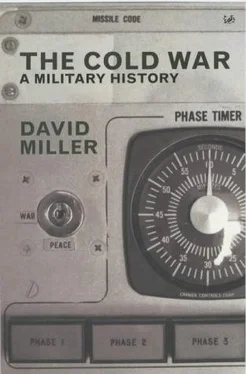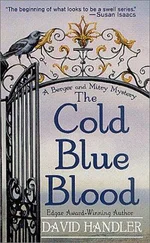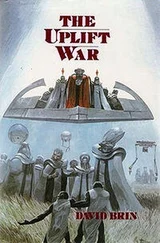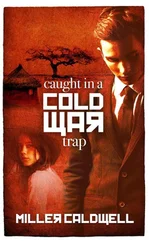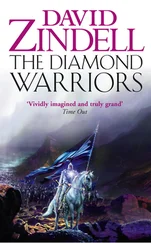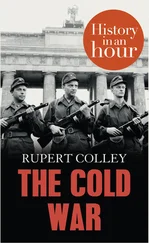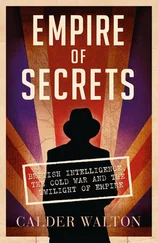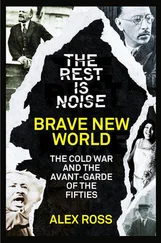In eastern Europe the Soviet Union was all-powerful. It had the largest armed forces (by a huge margin), and exerted a rigid control over the lands it occupied. In addition, it had considerable influence in the West. There were, of course, the Communist parties, which exerted a major influence in countries such as Italy and France, but, of greater importance, many non-Communists admired the performance of the Russian people in the recent war, praised their powers of resistance, especially at places like Stalingrad, and sympathized with their huge losses and undoubted suffering.
During the course of the war the Soviet Union had pushed its borders westward, so that by 1945 Estonia, Lithuania, Latvia, eastern Poland, Ruthenia, Bukovina and Bessarabia had all become integral parts of the Communist state. In addition, the Soviet Union had total control over East Germany, both by right of conquest and by inter-Allied agreement. But all this seemed to be insufficient, and in a speech on 9 February 1946 the Soviet leader Josef Stalin outlined a new Five-Year Plan, which gave absolute priority to rearmament, so that the Soviet Union could defend itself against what he termed ‘encroachment and threat’.
The implementation of this policy was clear for all to see as the Soviet Union brought one east-European country after another under its domination as ‘satellites’: Albania (1946); Bulgaria, Hungary and Romania (1947); and Czechoslovakia (1948). Even Tito’s Yugoslavia, while not a ‘satellite’, appeared at first to be under Soviet domination. The atmosphere of the times was well described by the former British prime minister Winston Churchill, who, in a landmark speech to students at Fulton, Missouri, on 5 March 1946, took the opportunity to warn the world of the ‘iron curtain’ which was descending over eastern Europe.
Undoubtedly, mistakes and misunderstandings were made between East and West, stemming, at least in part, from a difficulty that was to continue throughout the Cold War and which might be termed the ‘problem of perceptions’. Thus, at the end of the twentieth century, there is some evidence that the Soviet Union may have been genuinely frightened of western Europe, from whence it had repeatedly been invaded. But there is little merit in using post-Cold War hindsight to claim that Western leaders, politicians and general staffs overreacted in the late 1940s. The fact is that both sides could react only according to their reasonable perceptions at the time, tempered by their background, upbringing and experience.
EUROPE IN THE POST-WAR ERA
One of the strongest influences on contemporary perceptions was the actual state of Europe in the immediate post-war period, with Europeans finding themselves, in Churchill’s words, in ‘a bewildered, baffled and breathless world’. Europe, apart from the neutral countries, was physically devastated and its many peoples were mentally and physically exhausted by the war they had just been through. Industry had been wrecked, road and rail communications had been largely destroyed, and sea transport was at a virtual standstill because of wartime shipping losses.
One of the major elements contributing to a marked feeling of instability was the mass migration in which, for a variety of reasons, vast numbers of refugees were moving around Europe. It was estimated – an exact figure was impossible – that some 30 million people (known as ‘displaced persons’ or ‘DPs’) were on the move, adding to the already serious difficulties suffered by the transportation, feeding and administrative systems. For a start there were some 9 million foreign workers who had been forcibly taken to Germany from the various occupied territories to bolster the workforce during 1940–44 and who now had to be repatriated. There were large groups of foreigners who had fought on the German side and who now did all they could to resist being returned to their homelands, where they faced retribution. There were also the surviving Jews and others from the concentration camps, who no longer wished to live in Europe and thus sought to emigrate to the USA, the UK, Australia or, in the case of many Jews, Palestine.
The Soviet Union also moved a large number of people by force. A process started in 1941 was continued in the early post-war period by transporting to Siberia people from the Baltic states (Estonia, Lithuania and Latvia), the former German territory of East Prussia, the Caucasus and the Crimea. Also, in 1944–5 ethnic Finns were forced to move out of Karelia when it was ceded to the Soviet Union.
In the face of the Soviet advance, ethnic Germans living in East Prussia fled westward, mainly by sea, although many fled overland. The movement continued after the war, with some of the refugees finding temporary asylum in Denmark.
There were also large ethnic German populations living in the Danube basin, mainly in eastern Czechoslovakia (Sudetenland) and Hungary, and some of these fled, mainly to Austria, as the Red Army advanced in 1944–5. After the war’s end, however, the Potsdam Conference authorized the compulsory expulsion of the remainder of these people from Czechoslovakia, Hungary and Poland – a move which rapidly got out of control and resulted in the deaths of some 3 million ethnic Germans. The vacuums created by these moves were then filled by an influx of nationals from the country concerned.
These movements were on such a vast scale and caused such massive disruption that they led to the setting up of the UN-sponsored International Relief Organization, headed by the UN High Commissioner for Refugees.
Invasions from the west in 1812, 1854, 1914, 1919 and 1941 and from the east in 1902, 1919 and 1939 were etched in Russian and Soviet folk memories. It was scarcely surprising, therefore, that in the late 1940s patriotic motives should have led the Soviet leadership to defend its territory from further incursions. In addition to that, however, was a perceived need not only to protect the Communist revolution, principally by maintaining the supremacy of the Communist Party in the Soviet Union, but also to spread it.
Stalin had become obsessive about defence, and he sought to construct a series of buffer states around the Soviet Union, particularly in the west. As a first step, the Soviet Union occupied East Germany and eastern Austria; then it absorbed a number of smaller areas on its own borders. From 1946 onwards, however, Stalin progressively imposed control over other countries in what was tacitly acknowledged to be the ‘Soviet sphere of influence’. In part, he achieved his objectives by a series of bilateral treaties, but where he deemed these insufficient he sought to achieve total control of what came to be termed ‘Soviet satellites’.
In Albania, Enver Hoxha took power in 1945 and immediately formed a powerful centralized Communist government which, for the time being at least, was totally loyal to Moscow. Bulgaria, after the Germans left, was governed by the ‘Fatherland Front’ under the leadership of the Communist Georgi Dimitrov. The monarchy was abolished in 1947 and the Agrarian Party was eliminated, with its leader, Nikola Petkov, being given a show trial and then executed in September. The Communist Party was then the sole political force in the country.
The Czechoslovak government-in-exile in London negotiated with the Soviet government during the war, one outcome of which was an agreement to cede the Carpatho-Ukraine to the USSR. At the war’s end the Czechoslovak government was then able to return to Prague with Edward Beneš as president; it found the country occupied by Soviet and US troops, although these both departed in December 1945. An election was held in 1946 in which the Communists won 38 per cent of the vote and the resulting ‘National Front’ government was headed by the Communist leader, Klement Gottwald. One of the earliest items of business was the mass expulsion of the Sudetenland Germans, mentioned above, elements of whom had been instrumental in engineering the German occupation of Czechoslovakia in 1938. The Soviet Union then decided to bring Czechoslovakia to heel and, having banned Czech attendance at the Marshall Plan Conference in Paris in 1947, it sponsored a Communist coup in February 1948, in the aftermath of which the widely respected foreign minister Jan Masaryk died, allegedly by suicide. The trade unions responded with strikes and demonstrations which led to the Communists taking an even firmer grip on power, and when Gottwald took over from Beneš as president later that month Czechoslovakia was firmly in the Soviet camp.
Читать дальше
